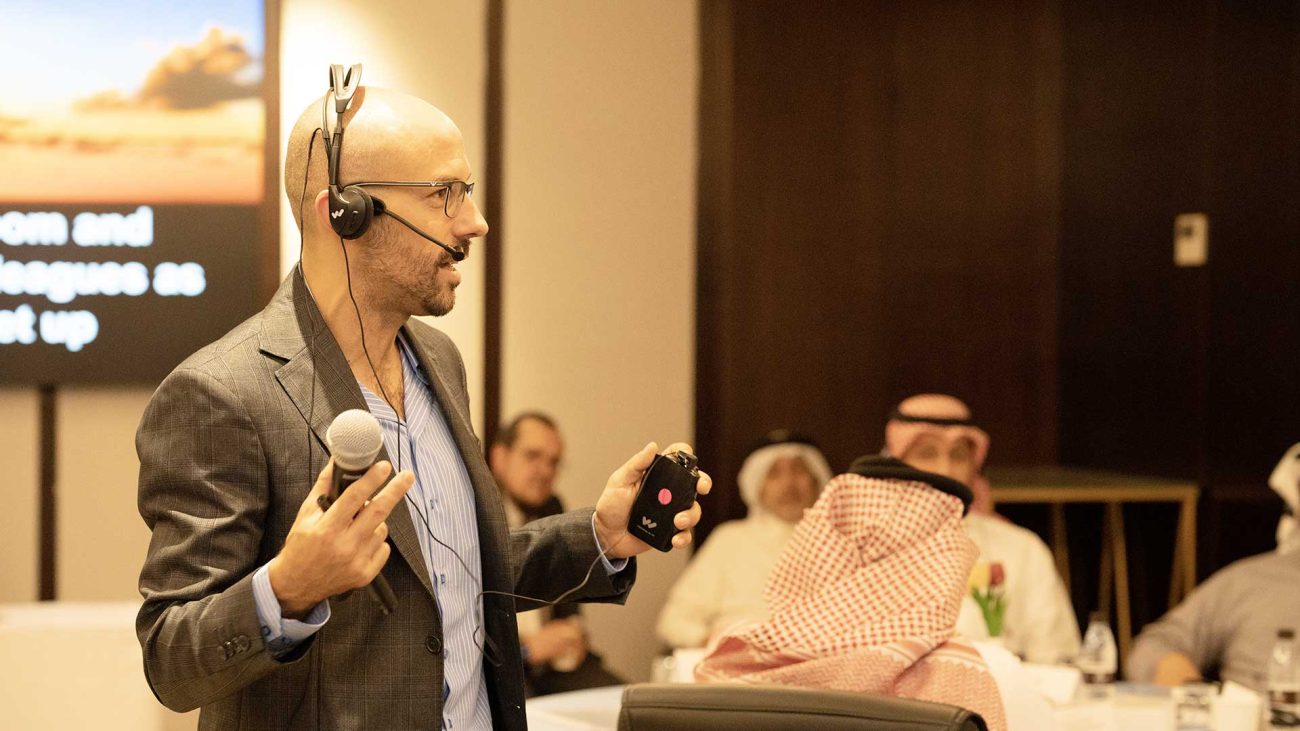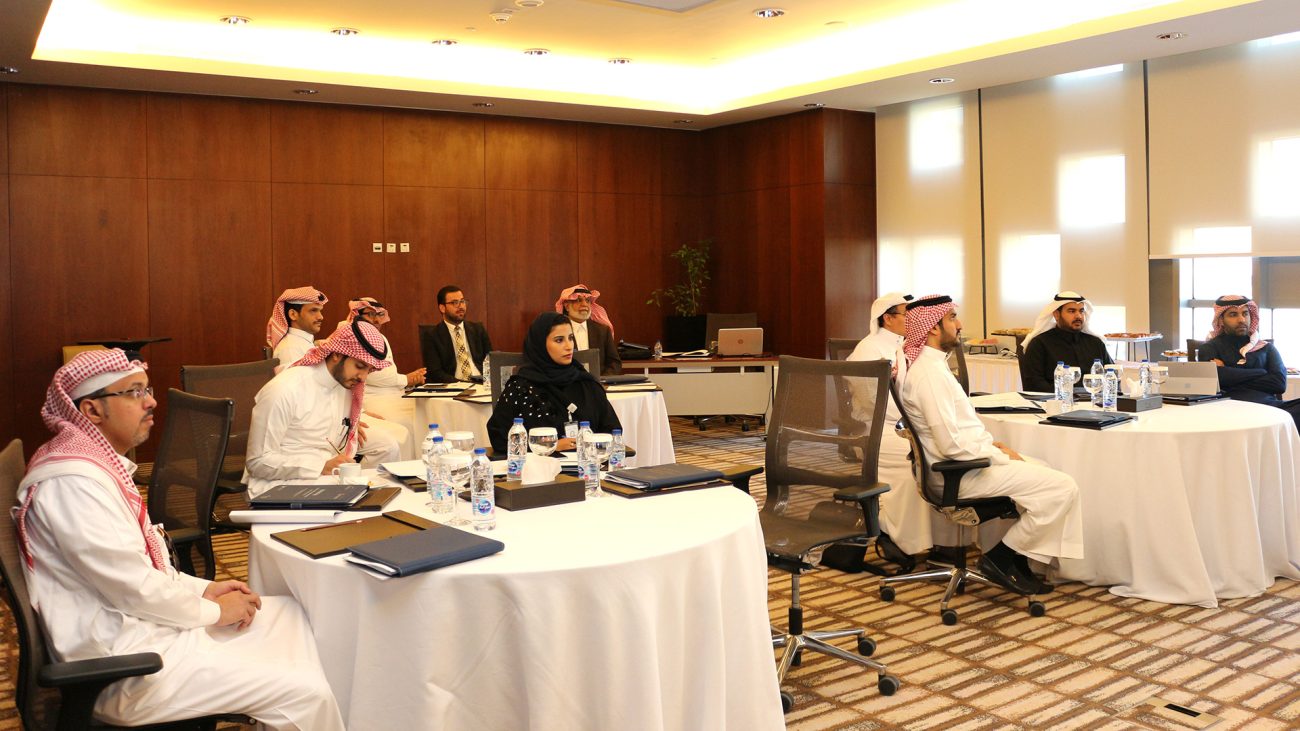Institutional Excellence
We Apply the Japanese Kaizen Philosophy in Work Fields to Transform into Agile Organizations, with a Culture Focused on Achieving Goals and Overcoming Obstacles through Teamwork and Leadership by Example, Making Continuous Improvement Central to the Organization's Activities.
Kaizen: towards a Culture of Excellence and Achieving Sustainable Results
Kaizen System for Institutional Excellence (KSIX™)
A Proven Methodology for Establishing Continuous Improvement Systems
The Kaizen System for Institutional Excellence (KSIX™) provides enablers for companies interested in embedding excellence practices in its four dimensions: Organizational culture, continuous process improvement, organizational alignment, and results maximization. The Kaizen System for Institutional Excellence contains research results, data, models, programs, tools, and principles of pioneers and their allies, Kaizen methodologies for continuous improvement, and famous quality models, proven and applied in several institutions across public, private, and third sectors.
How Do We Apply the Kaizen System for Institutional Excellence in your Organization?
We Use a Comprehensive Approach to Apply the Kaizen System for Institutional Excellence (KSIX™) in Organizations of all Types and Sizes. First, We Review the Organization's Charter and Strategy and Apply the Hansei Process to Reflect on Current Performance and Determine What the Organization Will Look like when its Strategy Succeeds. Then We Map Breakthrough Goal Projects, Develop a Maturity Assessment Framework in Areas of Institutional Excellence, Prioritize, Divide Tasks into Successive Rounds, and Apply the Maturity Assessment Framework at the End of each round to Draw a Picture of the Maturity of the Excellence Culture in the Organization. To Ensure Steady Progress towards Achieving the Goal, We Establish a Structure to Monitor Implementation and Apply a Standard Methodology to Measure the Organization's Success in Achieving Work Plan Outcomes and Necessary Corrective Actions. Finally, We Establish Foundations and Enablers for Continuous Improvement by Applying the Triple Change System as a Basis for Achieving Results of Excellence and Innovation Models.
- Review the organization's charter and strategy and apply the Hansei process to reflect on current performance.
- Establish a control center, select excellence ambassadors, organize teams, establish a robust communication and change plan, and plan for upcoming activities.
- Identify current methodologies in the four areas of excellence (organizational culture, continuous process improvement, organizational alignment, and results maximization).
- Study opportunities and strategic options resulting from market analysis, understanding change drivers, methods of value innovation, operational excellence, continuous improvement culture, and more.
- Validate data in the field: SWOT analysis, gap analysis, and stakeholder requirements analysis.
- Prepare the report: Determine what the organization will look like when its strategy succeeds, identify initiative goals, options and important issues, success factors, competitive advantages, and levels of the organization's ecosystem.
- Analyze main value streams and derive breakthrough goals.
- Define the future state vision and draw visual maps showing areas and projects for improvement.
- Identify priorities and goals that ensure steady progress towards achieving the vision, and prepare Hoshin matrices, plans, and implementation structure.
- Deploy Hoshin plans using the Catchball method to build implementation plans down to impact points.
- Organize and implement Kaizen events to prepare visual dashboards in the control center in preparation for implementation.
- Convert breakthrough goals into annual goals organized in a Hoshin matrix and deployed at all levels.
- Develop an Institutional Excellence Maturity Assessment Framework based on best practices in the project scope (e.g., EFQM, KAQA, ISO, eGDI).
- Design the first version of the sustainability program.
- Prioritize and divide tasks into successive rounds.
- Apply the Institutional Excellence Maturity Assessment Framework at the end of each round.
- Apply review tasks to analyze incomplete goal-related tasks.
- Execute rounds with excellence ambassadors participating as accompanying consultants.
- Full implementation: Build excellence ambassadors' capabilities to participate independently in implementation at the organizational level.
- Use the Maturity Assessment Framework to draw a picture of the maturity of the excellence culture in the organization.
- Improve the sustainability program based on the results of the current implementation round.
- Review improvement priorities and implementation roadmaps for upcoming rounds.
- Establish a value audit system, measure achievement of excellence goals, and develop risk plans and preventive measures to correct deviations regularly.
- Establish an implementation monitoring structure: Apply a standard methodology to measure the organization's success in achieving work plan outcomes and necessary corrective actions.
- Prepare the final version of the sustainability program, establish operational foundations to sustain progress towards achieving the future state vision, verify result validity, ensure sound methods for identifying causes of weak results, and ways to examine processes leading to these results.
- Create a foundation for change and continuous improvement, establish lean execution principles, and build local team capabilities in planning, implementation, institutional excellence, continuous improvement, and working with Kaizen methodology, using the final version of the sustainability program.
- Establish foundations and enablers for continuous improvement by applying the Triple Change System (D3 Change Model) as a basis for achieving results of other models.
Samples of our Projects
The Pioneers System for Institutional Excellence (™ASIX) is a Methodology Proven in many Organizations across Public, Private, and Non-Profit Sectors. View Samples of our Projects









